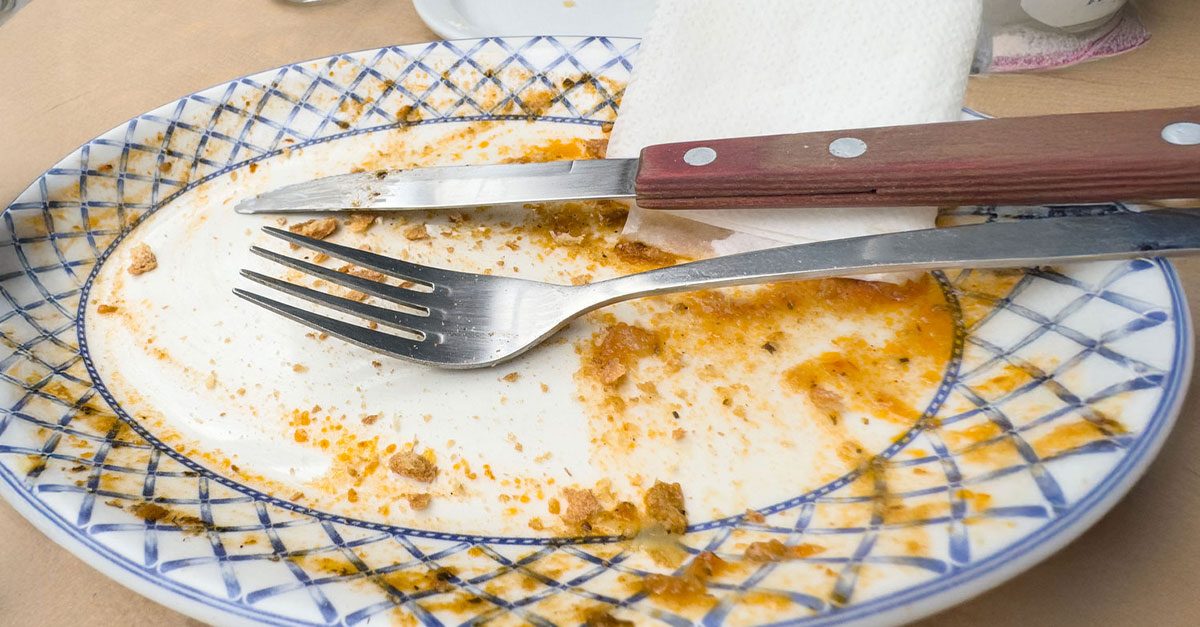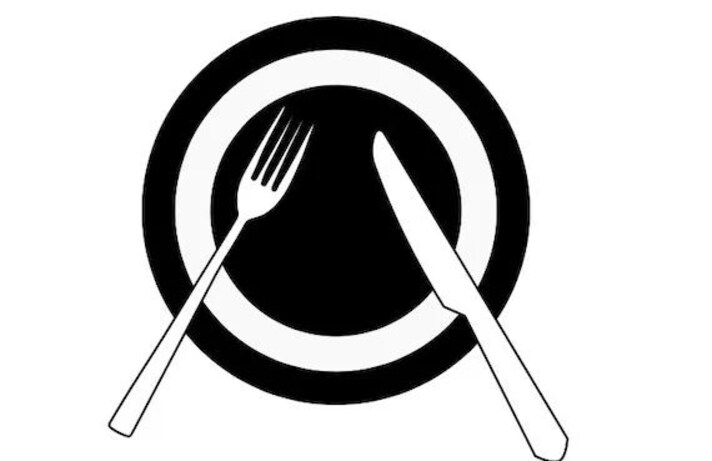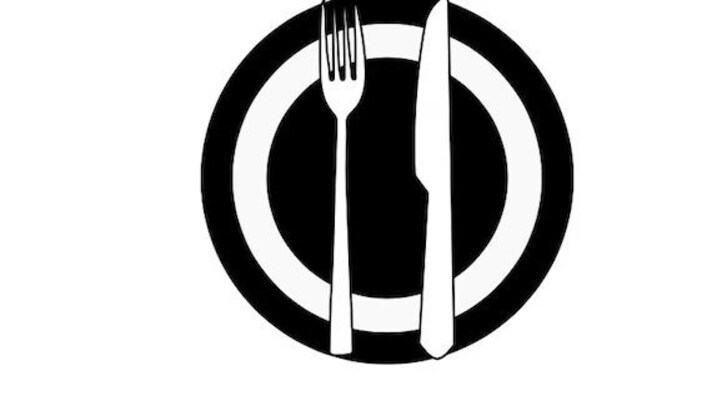How to Put Your Cutlery on The Plate At The End of a Meal
Depending on how you arrange your knife and fork, you can communicate something to the wait staff. But there is a need to clarify because there are only two accepted positions.
;Resize,width=742;)
Did you know that the way you place your cutlery on your plate is often said to send messages to the waiter? There’s been plenty of buzz about this so-called dining etiquette, with various fork-and-knife positions supposedly signaling everything from “I’m still eating” to “I didn’t like my meal.” But according to experts in American table manners, this is mostly a myth. In reality, only two widely recognized positions matter: one to indicate you're still eating and another to show you're finished.
All those other so-called "coded messages" with cutlery? They’re actually considered inelegant, especially if they’re meant to express satisfaction—or worse, a complaint—about the meal or service. According to proper dining etiquette, restaurant and hospitality professionals only recognize two universally accepted knife-and-fork positions: one to show you're still eating and another to indicate you're done.
Pause Position

You're eating, you feel a little full and you need a few minutes to rest before starting to eat again: how can you make the waiting staff understand that they shouldn't take your plate away? In this case you can arrange the knife and fork in a pause position, that is, by placing the two pieces of cutlery resting inside the plate almost to form an X. The cutlery arranged in this way indicates that you are taking a break but will start eating again; remember that, according to etiquette, the tips of the cutlery never cross, they are just close to each other, the prongs of the fork are facing downwards and the blade of the knife, as always, is facing inwards. You can also arrange the cutlery in this way when you need to drink or are having a conversation: etiquette says that you should never gesticulate with the cutlery in your hand, so by using the pause position you can talk or drink without the plate being taken away.
End of Meal Position

The second non-verbal communication through cutlery accepted by etiquette is that of the end of the meal: to make the waiting staff understand that you will not eat anymore and that they can take away the plate, you must arrange the cutlery "at 6 o'clock", that is, arranged vertically in the center of the plate. In this case, the fork prongs are facing upwards and the knife blade is always facing inwards. This position indicates that you have finished, so you can use it not only with an empty plate but also when you still have food on your plate but you do not want to finish it.
;Resize,width=767;)



